The wireless charging revolution is still a ways away
Wireless charging isn't as ubiquitous as it should be.
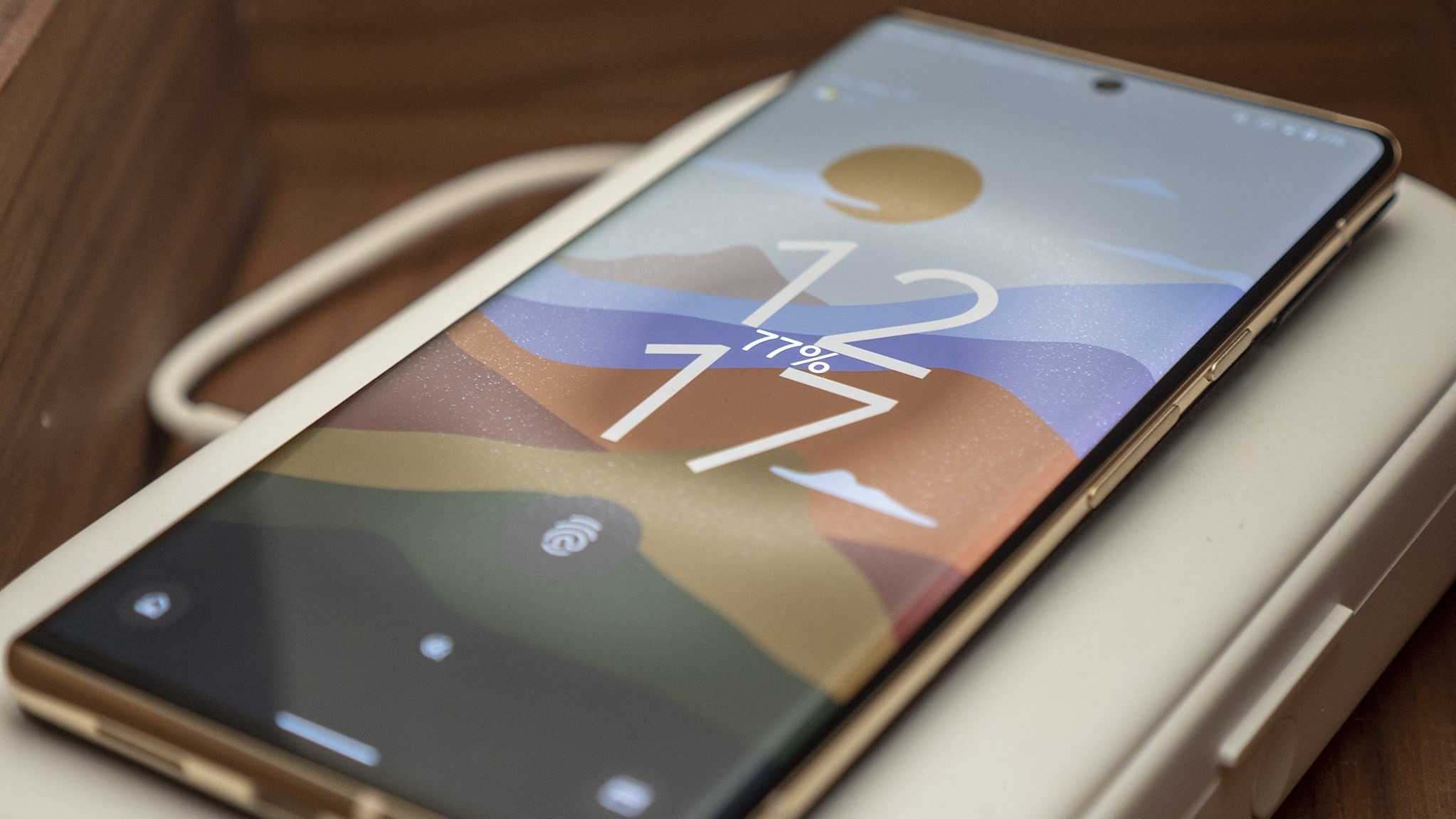
Wireless charging has always been an interesting feature to me. Not so much because of the feature itself, which has been around for quite some time now, but because of its mixed treatment.
Something that should seem like a much bigger deal than it is ends up often being treated as an afterthought to some of the world's biggest OEMs. To my dismay, wireless charging is still not quite as ubiquitous as it should be.
Plenty of phones and accessories sport wireless charging capabilities, but you won't find too many public spaces with wireless chargers available. That's the kind of world I used to imagine in the early days of wireless charging, and I'm still waiting for that future to happen.
The grand plan
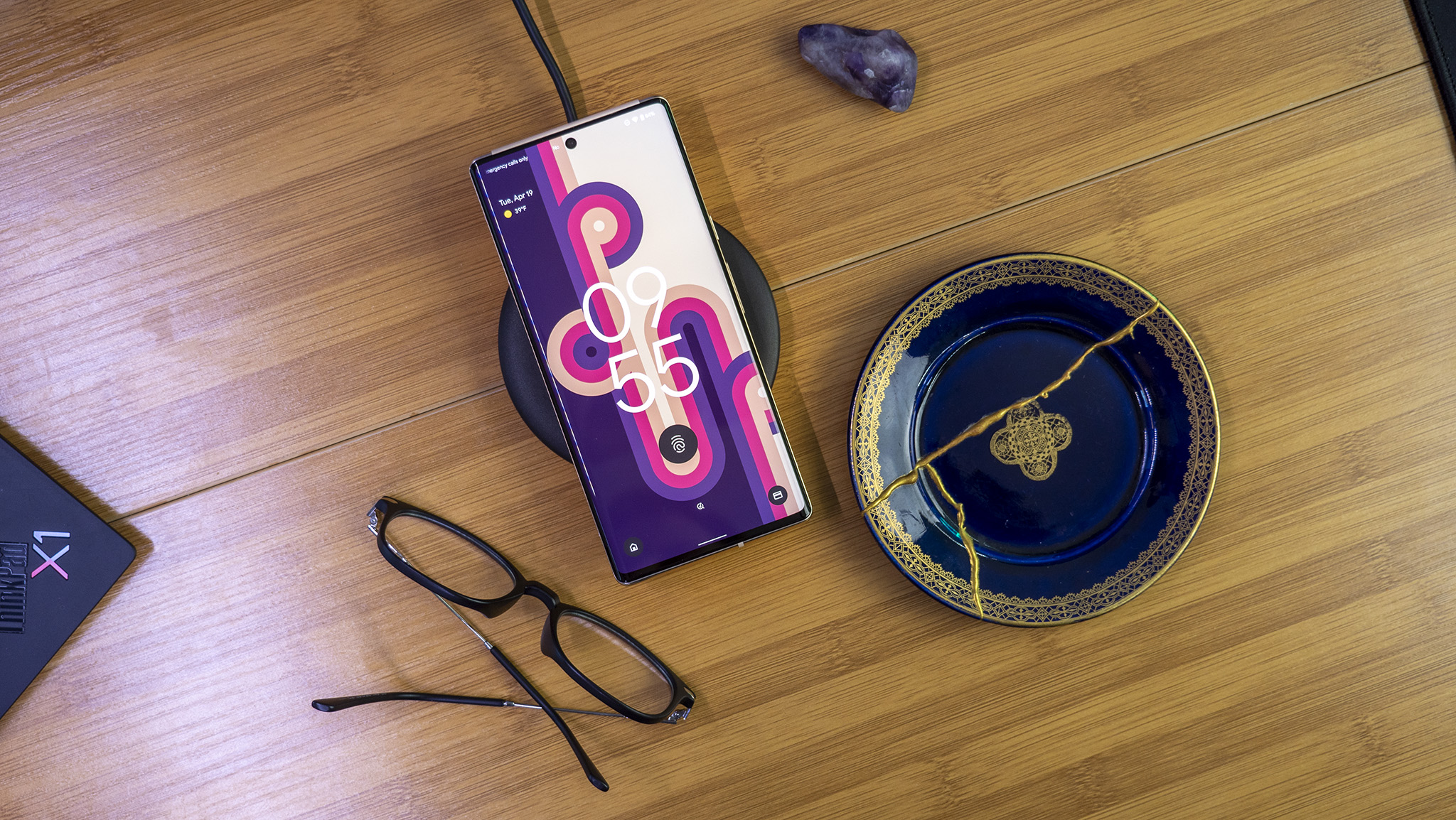
My earliest memories of wireless charging came with the launch of the Nokia Lumia 920 in 2012. Even though Nokia wasn't the first OEM to put wireless charging on a phone, its inclusion on the device helped popularize the feature, and it started trickling to more and more smartphones.
Nokia went so far as to outfit one of its Bluetooth speakers with a charging pad on top, so you could connect your tunes and top up at the same time, which I thought was the coolest thing at the time.
Back then, there were two main standards for wireless charging — PMA and Qi. The latter eventually became the dominant standard in 2018 and the one you'll find on many of the best Android phones (and iPhones) today.
According to a report from Strategy Analytics, there are as many as one billion wireless charging-enabled smartphones. The Wireless Power Consortium, responsible for the Qi charging standard, notes that wireless charging makes up "nearly a third of global smartphone sales."
Get the latest news from Android Central, your trusted companion in the world of Android
That's quite a sizeable amount, and it is expected to increase to as many as 2.2 billion by 2026. That has no doubt yielded plenty of wireless charger sales for the home or office, with the market worth more than $17 billion in 2021 and set to continue growing as the technology becomes more popular, particularly among wireless earbuds. Yet, despite the projected growth, wireless charging in public spaces still seems to be a rarity, at least for now.
When Nokia introduced me to wireless charging, I always imagined that in the near future, I would be able to walk into any coffee shop, library, or maybe even movie theater and set my phone onto a predetermined charging spot to juice it up. Imagine grabbing a charge while you sat down to watch Thor: Love & Thunder without worrying about bringing a charger or finding a plug if your phone is low on power.
That's the kind of convenience I always hoped for, and it's one I've really yet to see beyond car manufacturers outfitting their latest models with wireless charging.
Wireless charging ain't cheap

While it's not impossible to find public spaces with wireless charging, you'd still be hard-pressed to find many. However, there are a few reasons why wireless charging doesn't seem to have taken off the way I would've hoped.
The first is cost. As Next Move Strategy Consulting points out, "expensive infrastructure required for the integration of wireless charging is expected to hinder the market growth throughout the forecast period." That means companies need to justify the cost of outfitting their spaces with wireless charging, whether that means buying entirely new integrated furniture, or somehow adding wireless charging to their existing setup.
This was also echoed in my interview with Jitesh Ubrani, IDC's Research Manager for Worldwide Mobile Device Trackers, who stressed that companies have to justify implementing the feature for a subset of devices.
"In general, it's still cheaper to have a regular outlet that can serve multiple purposes rather than a dedicated wireless charger that only supports smartphones and other small devices," Ubrani explains. "Though the cost of wireless chargers has come down over the years, it's still more than a regular outlet and regular furniture (i.e., a table without a wireless charger)."
He also says that there's a general lack of education around the feature, with many consumers unsure whether or not their phones even support the feature. Smartphone owners could risk being disappointed when they realize their phones may not support wireless charging, or even when they realize that their phones may not charge as fast as they hoped.
It seems like smartphone OEMs have contributed to this confusion, particularly given their mixed treatment of wireless charging. Some companies, particularly those from China, have pushed the envelope regarding wireless charging speeds.
The OnePlus 10 Pro, for example, features 50W fast wireless charging, which is faster than most phones can charge even when plugged into an outlet. Even the Pixel 6 series can charge a bit faster than Samsung phones, although you'll need the Pixel Stand (2nd Gen) to achieve faster speeds.
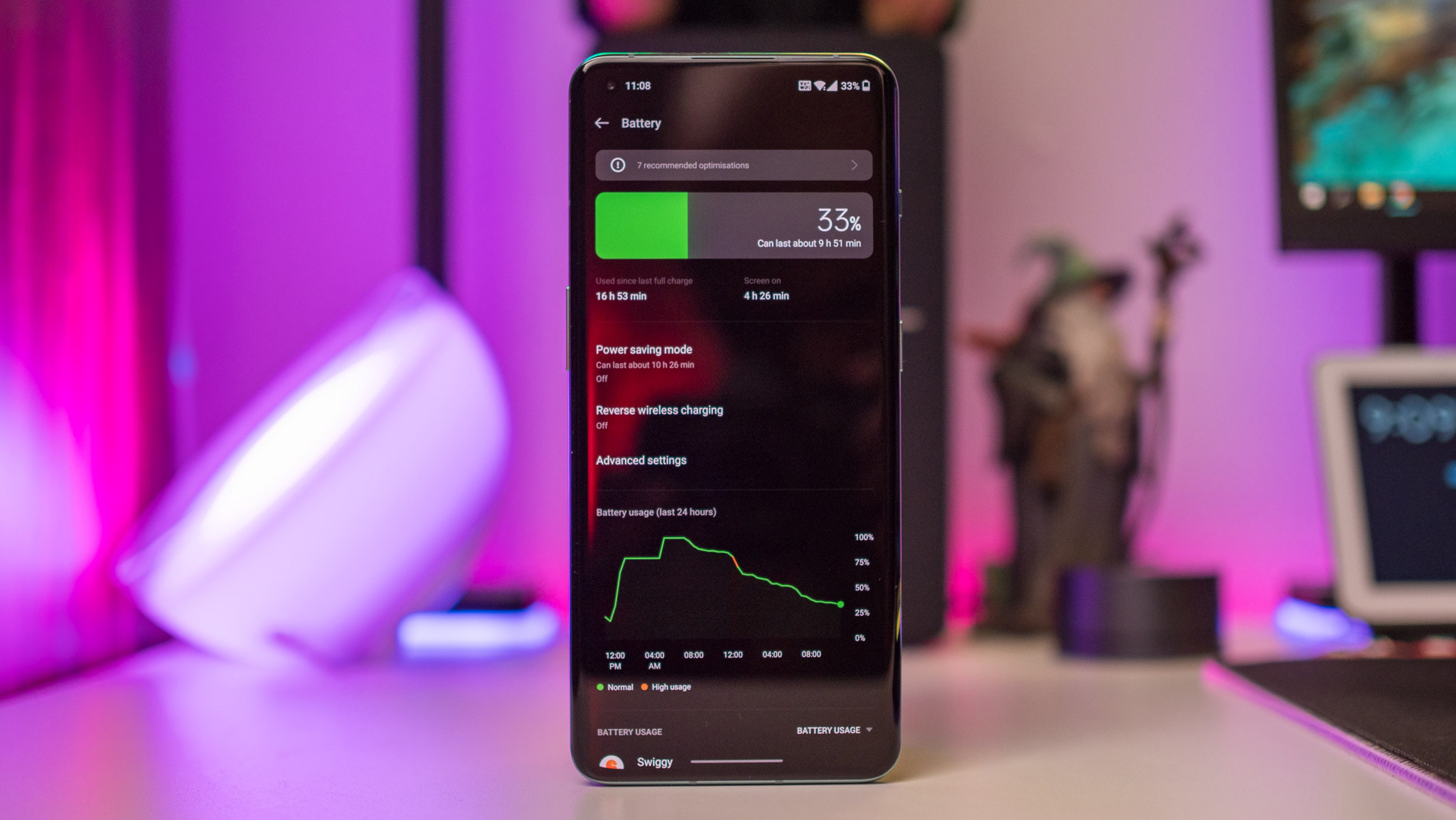
Meanwhile, Apple and Samsung, who dominate the U.S. market, limit their wireless charging speeds to 15W at most. Of course, these companies stick to more standard methods, while other OEMs design their own proprietary systems to achieve such impressive speeds.
Following the EU decision to make USB-C the standard charging cable for smartphones and other devices, I wondered if government intervention would be necessary to boost wireless charging innovation around a single charging standard (Qi). Ubrani says it could help, but there aren’t enough supported smartphones to justify any action.
“The feature is typically only included in premium products, so the government would only be acting on a subset of users rather than the mass market. As such, Samsung, Oppo, Xiaomi, and others have no reason or need to implement interoperable standards; rather, having separate standards works in their favor, as they can use it as a point of differentiation and boost accessory sales.”
Of course, then there’s the act of charging wirelessly. Wireless charging can be useful in certain situations, but not all, and because of the nature of the technology — you have to line up the charging coils just right — you often can’t use your phone comfortably while it’s charging wirelessly. For many, that could make wireless charging quite inconvenient in a society that can hardly ever put phones down for an extended period of time.
Where we're going
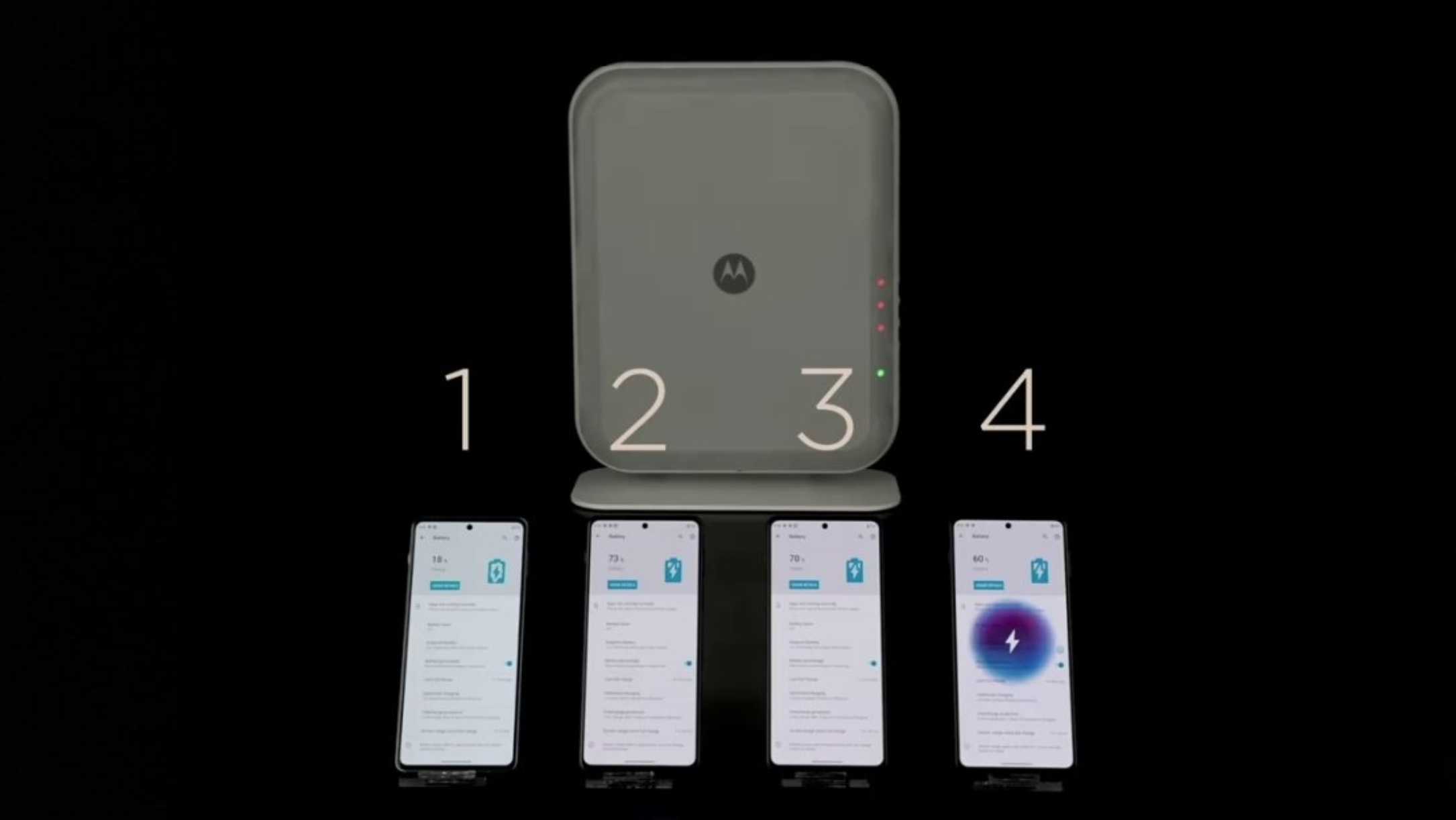
That said, it’s not all bad, and there are plenty of convenient use cases for wireless charging. For instance, it’s easy enough to set your phone down on a pad while you’re sleeping or occupied with work; that way, you don’t have to worry about finding or fussing around with wires.
Having access to wireless chargers in more public spaces could save us from having to remember to lug our own chargers around, finding available outlets, or dealing with incompatible charging cables (looking at you, iPhone), at least until USB-C becomes the norm for all smartphones.
As far as lack of usability, a few companies are working to address that. OEMs, including Motorola, Xiaomi, and even OPPO, have demonstrated remote over-the-air charging, which won’t require your phone to be physically placed on a wireless charging pad.
These devices would use a series of antennas that beamform waves to a device (as many as four devices with Motorola’s solution) to charge it from a certain distance. It’s not a perfect solution, as there is a limited distance the stations can cover, and they can only charge up to 5W, which is much lower than many of our favorite wireless chargers. That said, companies appear dedicated to improving the tech to make it more reliable and hopefully faster.
However, Ubrani warns that it still has a long way to go and will seemingly face more challenges than standard wireless charging. “We’re still years away from over-air charging being safe, perceived as safe, as well as it being affordable, so I don’t think over-air charging will be the saving grace or play a vital role in adoption.”
The Wireless Power Consortium also echoes Ubrani’s concerns with over-the-air charging on its FAQ page.
“While interesting in concept, far-field techniques have significant cost, efficiency, and safety issues that have limited commercial applications. Near-field wireless charging has proven to be better suited for consumer electronics.”
Meanwhile, Apple has its own solution that has slowly made its way to Android phones. MagSafe is an interesting form of wireless charging that attaches to the back of a compatible iPhone with magnets, allowing you to wirelessly charge your phone while using it. There are even MagSafe compatible power banks that make it easy to charge your phone on the go without actually plugging it in.
While it would be cool to see this feature on more Android phones, so far, RealMe and OPPO are the only Android OEMs to unveil their own solutions, but there’s little doubt that a Samsung MagSafe charger would make waves.
But until then...
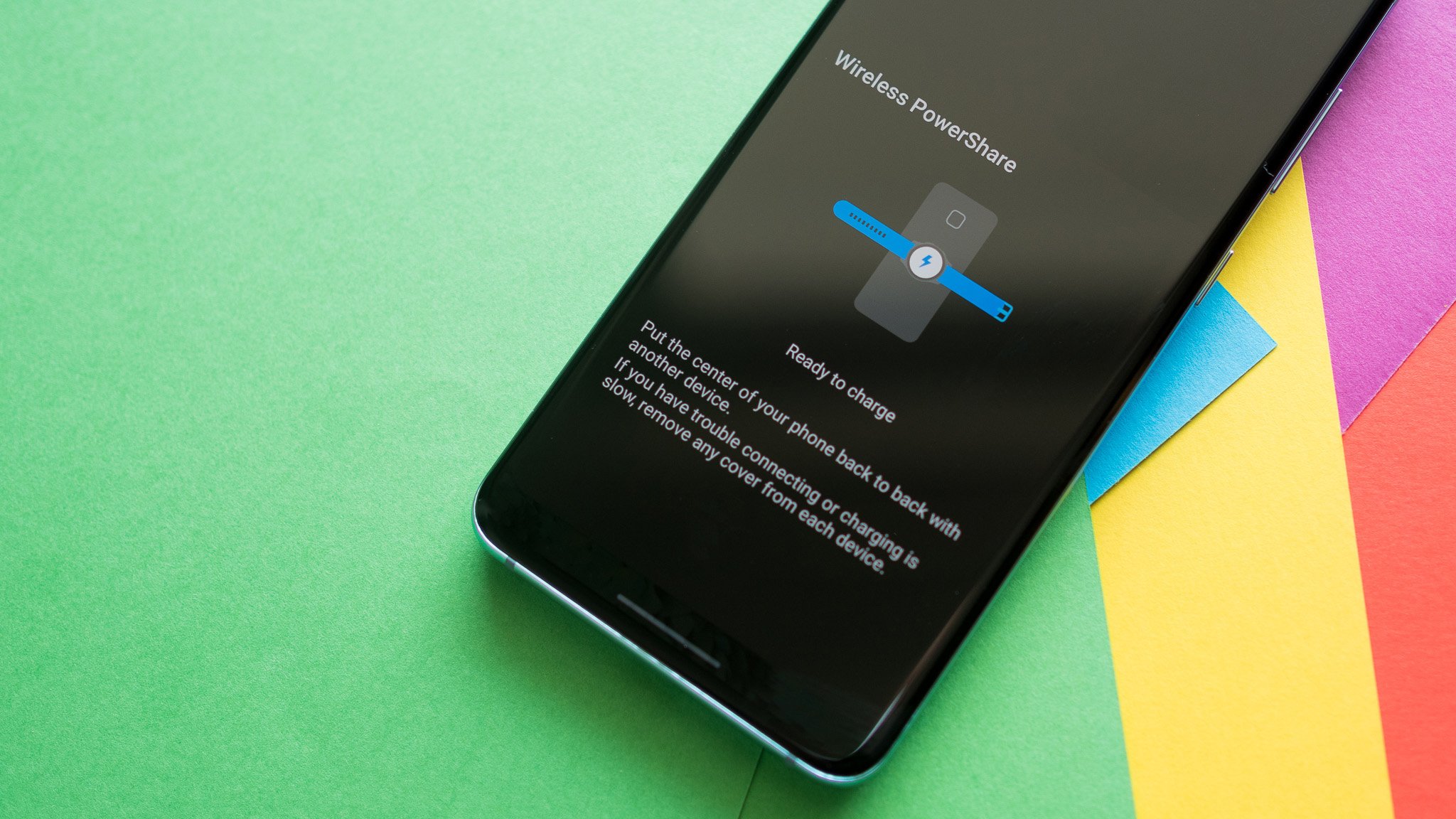
Reports indicate that the wireless charging market could reach as much as $185 billion in 2030, meaning there's still plenty of time for it to really take off. And while it's been slow on the uptick, it's still a useful feature that smartphone owners should take advantage of.
Given the lack of 3.5mm headphone jacks on newer smartphones, wireless charging car mounts can be handy for anyone that would prefer to use their USB-C port to jack into their car for Android Auto. And fortunately, more and more cars are coming equipped with wireless charging. There's also no harm in having a few pads lying around the house, next to the bedside table, on the kitchen counter, or even on a coffee table.
If you're looking to splurge, you may even be able to pick up work desks with wireless charging built-in. But of course, it all comes down to costs, not just for companies but consumers as well.
With many top Android phones shipping without charging adapters in the box, chances are consumers will choose to purchase a wall adapter over a wireless charger, the latter of which would often cost more despite many being capped at lower speeds, between 5W and 15W.
Even if a new wall adapter isn't necessary, consumers have to decide whether or not it's worth it to purchase a wireless charger, something Ubrani says is more superfluous than essential.
"Ultimately, if wireless charging of any type costs more than regular chargers and increases the costs of devices, then it won't be broadly adopted since it's still a nice-to-have feature rather than a must-have."

Derrek is the managing editor of Android Central, helping to guide the site's editorial content and direction to reach and resonate with readers, old and new, who are just as passionate about tech as we are. He's been obsessed with mobile technology since he was 12, when he discovered the Nokia N90, and his love of flip phones and new form factors continues to this day. As a fitness enthusiast, he has always been curious about the intersection of tech and fitness. When he's not working, he's probably working out.

